#Dendroctonus
Text

bark beetle comparison: Crypturgus borealis vs Dendroctonus valens. As a size scale, the Crypturgus is about exactly 1mm long
75 notes
·
View notes
Text
Barely Legal Teen Jemma Valentine Wants Big Fat Cock Up Her Creamy Pussy
Wild car sex for naked homosexual boyz
Stripped teen girl gets drilled sideways and doggy fashion
BBC breeding in UK
Jimena Baron y sus tetas
FULL SCENE - Janice Griffith Takes Leigh Raven's Anal Virginity
White milf sucking first bbc
Asian Cutie Mila Jade Gets Impaled And Creamed
Cynara Headscissor Demolition Squeeze Head
Blond firefighter gets fucked in her miami home
#Shillong#morbillous#saltie#hidel#insociable#self-flattering#Hartmann#all-conceiving#nonattributive#sphaeristeria#Dendroctonus#dayflies#Chephren#punctum#Heloderma#Libya#hiccupping#Shaum#full-laden#saintlinesses
0 notes
Text

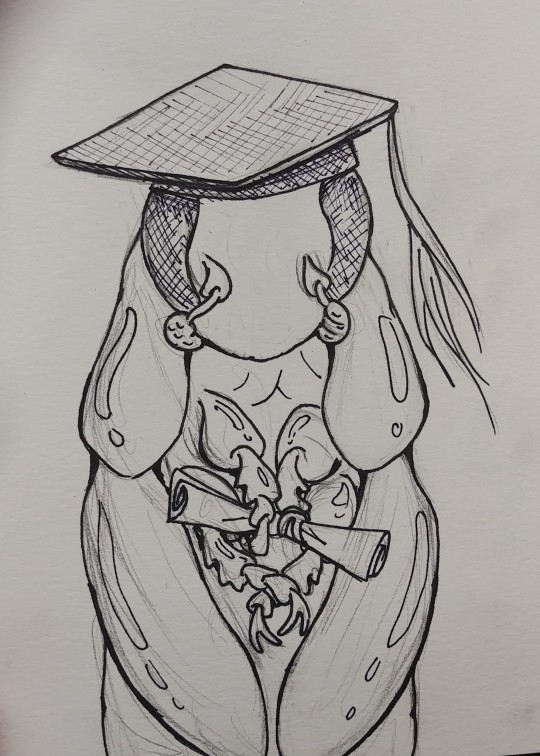
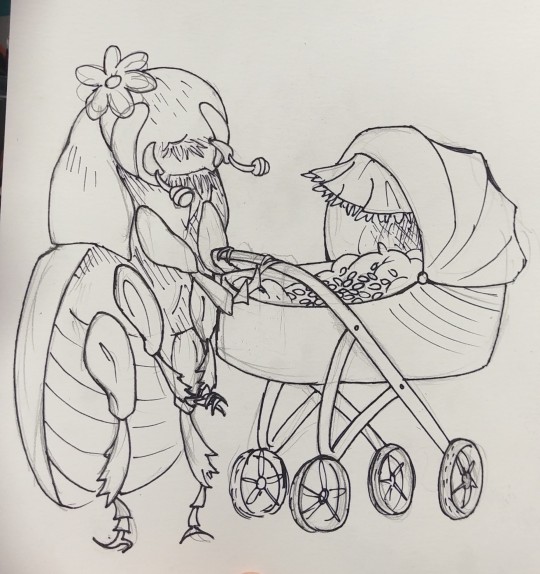
my department is doing a lab door decorating contest and we decided on a fireplace as our theme. here are some photos for the mantle i did in a coupek hours. i dont have pics of the shaded ones but i do have a pic of them on the fake mantle ✨

3 notes
·
View notes
Text
Plaga acaba con más cuatro mil árboles de pinos en Chiapas* preferible plantar kiris.org que son inmunes a termitas..y rebrotan si se talan..
0 notes
Text
Detection along with Useful Affirmation regarding Variants Phenolic Ingredients Between Resilient along with Prone Populus Types.
026 had been observed, which has been mathematically important. CONCLUSION. The project demonstrates your systematization with the elastographic review making use of information attained in the course of data compresion and after decompression of the ultrasound check test, as a result demonstrating in which elastography may well boost the assessment of risk of metastasizing cancer for lesions on the skin characterized by the particular ultrasound exam. [Rev Assoc Mediterranean sea Brazier '09; Fityfive(2): 192-6]Scolytine start barking beetles would be the nearly all destructive pests regarding conifers; they generally blend in such vast quantities which they in fact wipe out their own serves. These people sustain near interactions using yeasts and also fungus infection, in particular those which are assumed to assist in digestion, cleansing processes as well as pheromone creation. Within this MAPK inhibitor examine, 403 candida ranges were singled out from the guts, sex gland, eggs along with frass regarding seven start barking beetle types inside the genus Dendroctonus Erichson. The particular beetles have been obtained through Ten conifer varieties in 34 spots throughout Mexico, Mexico as well as the USA. Candida id scaled like partial Genetic sequences through 18S rDNA, 26S rDNA and inside transcribed spacer (ITS1), in addition to morphological as well as physical features. The mixed phylogenetic analysis delimited 12 clades together with series much like Yeast arabinofermentans, C. ernobii, C. membranifaciens (which include Chemical. lessepsii, Pichia mexicana along with S. scolyti), Chemical. oregonensis, C. piceae, Kuraishia capsulata (such as K. capsulata along with Okay. cf. molischiana), Pichia americana, P. canadensis, R. glucozyma, G. guilliermondii as well as an undescribed varieties of Yeast infection. Nucleotide divergences between the major clades have been at the very least 5% even though, aside from Thirty isolates, yeasts within clades differed via referred to as research types in lower than 1% of the nucleotide internet sites. Right now there do not appear to be obligate connections between specific yeasts and particular physiological surfaces, not involving certain yeasts as well as start barking beetle kinds. Some yeasts perform look like preferentially connected with bark beetles eating on different conifer overal and for that reason number plant defences may well limit yeast neighborhood diversity in Dendroctonus. (C) '09 The actual Linnean Community of London, Organic Record with the Linnean Community, Last year, Before 2000, 325-342.Copper mineral is crucial for your Neurological system (CNS) advancement overall performance. Specifically, distinct studies have shown the effects regarding birdwatcher at brain synapses, in which it stops Long Term Potentation (LTP) as well as receptor pharmacology. Paradoxically, as outlined by recent studies copper mineral is essential for a normal LTP reply. Copper is actually unveiled with the synaptic cleft, where it prevents glutamate receptors, which make clear it's obstructing effects in excitatory neurotransmission. The final results reveal that will copper mineral in addition improves neurotransmission over the accumulation of PSD95 protein, which in turn raise the numbers of alpha-amino-3-hydroxy-5-methyl-4-isoxazolepropionic chemical p (AMPA) receptors found at your lcd membrane with the post-synaptic denseness. Thus, our results signify the sunday paper device for that actions involving birdwatcher, that are fitted with implications for the neurophysiology and also neuropathology from the CNS. These kinds of information suggest which synaptic setup is actually responsive to short-term changes in cross over metal homeostasis. The benefits declare that birdwatcher raises GluA1 subunit levels of the AMPA receptor with the anchorage involving AMPA receptors for the plasma televisions tissue layer because of PSD-95 piling up.
0 notes
Text
A new species of tiny creature has been discovered living on the floor of the Amazon rainforest. The creature, which has been named Dendroctonus micans, is only a few millimetres long and is covered in a fine fuzz of hair. It is thought to be a relative of the more familiar dust mite, and is the first member of its family to be found in the Amazon.
The creature was discovered by a team of Brazilian and American scientists, who were studying the rainforest floor for new species of life. The team's leader, Dr Paulo de Souza, said that the creature was "very unusual" and "quite different" from any other known mite.
The creature is so small that it can only be seen clearly through a microscope. It is not yet known what it eats, but it is thought to feed on the same kind of fungus that dust mites do.
The discovery of the Dendroctonus micans is important because it shows that the Amazon rainforest is home to a huge variety of life, even in the most unexpected places. The rainforest is under threat from deforestation and other human activities, and so it is vital that we conserve it.
0 notes
Text
Artvin ormanlarında 56 yıldır zararlı böceklerle mücadele sürüyor
Artvin ormanlarında 56 yıldır zararlı böceklerle mücadele sürüyor
Artvin ormanlarında 56 yıldır zararlı böceklerle mücadele sürüyor Artvin’de ladin ormanlarını Dev Kabuk Böceği istilasından korumak için laboratuvarlarda bunlarla beslenen böcekler üretiliyor
Artvin’de ladin ormanlarına zarar veren “Dendroctonus micans” isimli dev kabuk böceğine karşı mücadele aralıksız devam ediyor. Küresel ısınmayla bazı bölgelerde yeniden artış gösteren kabuklu böcekten…
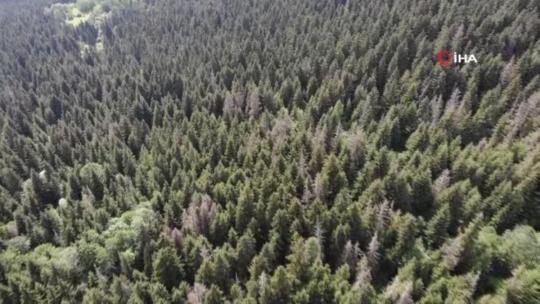
View On WordPress
0 notes
Photo

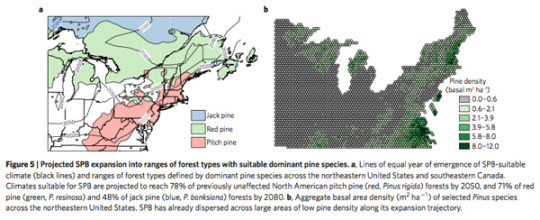
Tiny pests eating New Jersey's pines march north as climate changes, report says
Love the warmer winters we’ve been enjoying? So does the southern pine beetle, a rice-grain-sized pest that has munched through New Jersey’s pine forests and could be a harbinger of climate change, according to a new study.
Using the Garden State as a barometer, researchers from Columbia University, the University of Vermont and the U.S. Forestry Service measured temperatures and their relationship to where the beetles were spreading.
They found that the temperature of tree bark on the coldest night of the year is critical. The destructive pests feed on the living tissue under the bark, introducing blue stain fungi. If the bark remains cold enough, the pests can’t do their damage.
But the temperature on the coldest night of the year in New Jersey has been rising due to climate change, the researchers say, creating a path for the insect to start an invasion that eventually will spread into into the northern United States and southern Canada. The lows are rising much faster than average temperatures, they said.
Southern New Jersey is critical because of its 440,000 acres of pine forests. The researchers picked the southern pine beetle as a climate change focus because it seems so sensitive to temperature. And, it is responsible for destroying $1.7 billion worth of timber between 1990 and 2014 in southeastern states.
“I think the presence and destructiveness of the southern pine beetle in New Jersey is well established. It’s been a problem for 15 years,” said co-author Corey Lesk, a PhD candidate at Columbia University’s Center for Climate Systems Research. The study was published Monday in the research journal Nature Climate Change.
“But it’s spreading north rather quickly,” Lesk said. “Our study uses the data from southern New Jersey in relation to how it’s moving north. The coldest night of the winter seems to dictate whether the southern pine beetle can live.”
The group established that bark temperature of about -10 Celsius, or about 14 degrees Fahrenheit, is the limit at which the beetle can survive. Since 1980, they found, the coldest night of the year above 14-degrees has migrated north in New Jersey by about 40 miles per decade. And the beetles have been moving north too, by about 53 miles per decade since 2002. The cold weather connection has long been known. But the new study predicts how far and fast the beetles will spread, given warming temperatures. Using historic climate data, the team projects that the annual minimum air temperature will continue to rise a few degrees per year in the northeast.
“Given this warming trend and our criteria for southern pine beetle-suitable climates, vast areas across the northeastern United States and southern Ontario and Quebec are projected to become climatically hospitable” to the beetle before 2080, the researchers wrote. However, the study notes that the beetle will become established along the Atlantic coastline into Maine by 2020 because of the more moderate temperatures there. It will take more time to roam further inland.
#Southern Pine Beetle#Dendroctonus frontalis#Dendroctonus#Hylesinini#Scolytinae#Curculionidae#Curculionoidea#Cucujiformia#Polyphaga#Coleoptera#Insecta#Hexapoda#Arthropoda#beetle#insects#climate change#environment#Pine Barrens#New Jersey Pinelands#Pinelands#New Jersey
16 notes
·
View notes
Link
But the shortfall in supply is also part of an older saga, involving Dendroctonus ponderosae: the mountain pine beetle, a quarter-inch insect with a shiny black exoskeleton. The beetle has been in Canadian forests for decades, but they’re usually kept in check by cold winters, said Kevin Mason, managing director of ERA Forest Products Research, a Montreal-based research company.
But in the late 1990s, the beetles started to live longer and reproduce quicker—an outcome, scientists believe, of a warming climate. They swarmed through the pines of British Columbia, attacking more than 44 million acres of forest, an area four times the size of Switzerland. “You could go up in an airplane above British Columbia and see the damage,” Mason said. “I’m a little color-blind, but others could see it better than me. The dead pines had a red tinge to them, so you could fly an hour and just see this red kill.”
Before the infestation, British Columbia used to provide 15-17% of the lumber going into US markets, making up half of Canada’s lumber exports across the border. After the infestation, those numbers dropped, Mason said: “There were points where, for British Columbia, the figure was below 10%, and Canada now is at around 25%.“
Many pines killed by the beetle could still be harvested for a period of 5-10 years, and the government of British Columbia offered incentives to the industry to process these dead trees. Mason thinks roughly 800 million cubic meters of dead pine was harvested over a period of 15-odd years, until 2015 or thereabouts. But once that was done, forests had to regrow.”We’re talking about a diminished harvest in British Columbia for decades,” Mason says.
6 notes
·
View notes
Text
dendroctonus ponderosae
i think i fell in love when i heard her sing
in her passenger seat with the windows down
i think i fell in love when i heard her sing
well it’s just my luck to go and fall for a
pretty girl, breathtaking smile, but she’s
just a friend, not into me, oh
just a friend, not looking for anything, oh
i don’t stand a chance
well i don’t know what to do now
guess I’ll just eat my pinewood heart out
it’s summer, but i’ve
hopelessly fallen and i’m
pining, pining harder than the black hills
it’s summer, but i’ve
hopelessly fallen and i’m
pining, pining harder than the black hills
i think i fell in love when i heard her sing on a
summer drive, passenger seat,oh she’s
wildfire to dead wood, oh
wildfire to dead wood and i,
i never stood a chance
well i don’t know what to do now
guess I’ll just eat my pinewood heart out
Summers pass and seasons change and
Little by little I will let this fade
But when I’m in her car and we’re
Singing oh I’ll let the music take me back to a
summer drive, passenger seat, and she’s
wildfire to dead wood, oh
wildfire to dead wood and i,
i think i fell in love when i heard her sing
in her passenger seat with the windows down
i think i fell in love when i heard her sing
well i don’t know what to do now
guess I’ll just eat my pinewood heart out
well i don’t know what to do now
guess I’ll just eat my pinewood heart out
#i've been really really picky with this one#i started this back in like 2017 but i think i can post it without combusting now#there were parts i realized just worked better when shortened#i think i'm actually happy about this one
12 notes
·
View notes
Photo
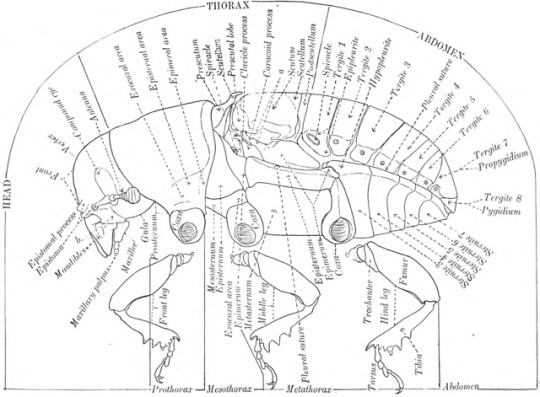
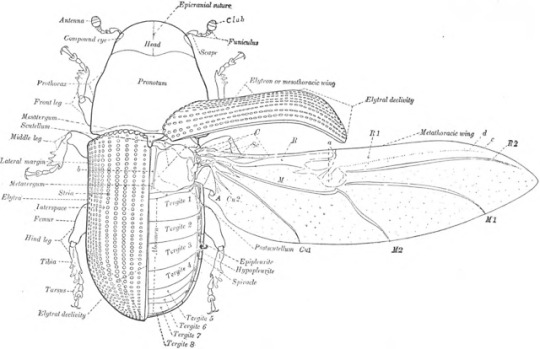
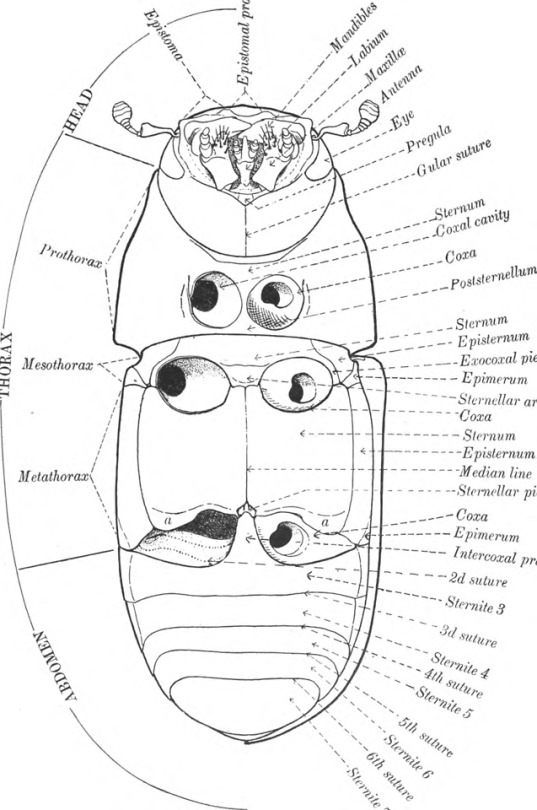

diagrams from Contributions Toward a Monograph of the Scolytid Beetles: The genus Dendroctonus by AD Hopkins, 1909
#i super love these figures#want to get posters made out of them#pets#coleoptera#scolytidae#yeah i said it#i don't care if they were transferred to a subfamily 15 years ago or whatever they'll always be a family to me#these tags are for nobody but me
60 notes
·
View notes
Text
range shift of phytophagous insects
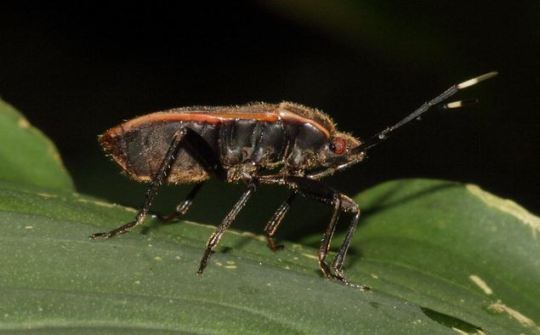
The current distribution pattern in most insect species is effect of climate. The phenomenon can be observed particularly on range borders where temperature is a main limiting factor. For instance, –16°C is the critical value for North American species of bark beetle Dendroctonus frontalisZimm., which is one of the most dangerous pests for coniferous trees in the region. Nearly absolute mortality of the population occurs below this value. Such temperature is observed on the northern range border of the aforementioned species (Ayres, Lombardero, 2000).
It implies that average temperature increase can enable more termophilous species to expand in the northern direction and on higher altitudes.
Simultaneously, southern and lower range borders can be shifted (Parmesan 1996; Walther et al., 2002; Parmesan, Yohe 2003; Menéndez 2007; Battisti 2008). With regard to many phytophagous insects, a range increase is probable also because species’ ranges are smaller than areas where their host plants grow. Many examples of insects’ range shift were observed in recent years. In the 1990s, few leaf mining moths of the family Gracillariidae have occurred in the Central Europe, including Poland (Šefrová 2003). The horse-chestnut leaf miner Cameraria ohridella Deschka & Dimić that attacks horse chestnuts
Aesculus hippocastanum was the most spectacular example among them.
Apart from this accidental introduction of the pest, shifting of the northern and eastern range borders, as a result of temperature increase, was the most probable cause of the species expansion to new areas. Range shift of forest folivores in Europe has been well researched for two species of geometrid moths, Winter
moth, O. brumata, and Autumnal moth, Epirrita autumnata (Borkh.), in forest stands of northern Scandinavia (Jepsen et al., 2008). Cyclic outbreaks have been observed for both species in the aforementioned area, sometimes leading to substantial loss of foliage. For the last 15–20 years, areas of both defoliators’ mass outbreaks have been increased significantly. Operophtera brumata, a
species less resistant to low temperature, has expanded to the north-east to areas where E. autumnata was the dominant species so far. The latter has increased range to areas located inland and characterised by cooler climate.
The Pine processionary moth Thaumetopoea pityocampa Den. & Schiff are another well-documented examples of the species range shift with regard to the influence on forest management. The species is recognised to be one of the main foliophagous pests in the Mediterranean region. Temperature in winter, when caterpillars feed on needles of various pine species (rarely on other coniferous species), is the main factor that influences range limits of
T. pityocampa. From the mid-1970s to 2004, the species enlarged its range in France to the north direction by almost 90 km. In the same period, its upper range border in Italian Alps moved up by over 200 m in some regions (Battisti 2008; Battisti et al., 2005). Same observations have been made for changes in an upper range border of the species in Spanish Sierra Nevada (Hódar, Zamora 2004). Average temperature increase enabled expansions to areas that
have not been colonised before. Higher survivability of caterpillars in winter, during feeding time, was observed (Battisti et al., 2005, Buffo et al., 2007), whereas warmer nights in summer (with temperature over 14°C) influenced distance and altitude increase of female expansion (Battisti et al., 2006). It has been often pointed out at the necessity of constant monitoring of insects range shifts and of selecting either species or groups of insect species that would
indicate changes in forest environment (for instance, Ayres, Lombardero 2000; Bale et al., 2002; Logan et al. 2003; Menéndez et al., 2007). Attempts at predicting species range shift have also been made (for instance, Williams, Liebhold 1995 a,b; Jönsson et al. 2007; Régnière 2009). Apart from these ecological requirements of indicator organisms, varied factors are included in the aforementioned research, such as typology (for instance, the type of
habitats and plant formations) and climate parameters (average, minimum and maximum temperature/precipitation per month). The variability of the latter implies noticeable bias in any attempts to predict changes in insects range.
Hence, such predictions can only be seen as possible scenarios. Results can be influenced by relatively small changes in parameters that with regard to climate unpredictability (even in few-year scale) can hinder from making any exact prognosis. Williams and Liebhold (1995a, b) have conducted prognostic research on insect range shift. They have used data on defoliated forest stands in the states of Oregon and Pennsylvania that
were previously exposed to attacks of tortricid moth Choristoneura occidentalis Free and of L. dispar. Alternative scenarios have been discussed include: (a) average temperature increase by 2°C and unchanged precipitation level, (b) average temperature increase by 2°C and precipitation level decrease by 0.5 mm/day and (c) average increase in values of both parameters. Average temperature increase and unchanged precipitation level have been factors that caused L. dispar expansion increases, while predicted range of Ch. occidentalis has decreased. The increasing assumed temperature and decreasing precipitation level have caused range decrease of both defoliators, whereas increase of both parameters was positively correlated with the growth of the outbreaks areas.
0 notes
Text
Many of us who call the Rockies home are familiar with the devastation to our forests by the mountain pine beetle (Dendroctonus ponderosae). Millions of acres of lodgepole pines (Pinus […] The post Pest Control for the Mountain West: Ips Beetles appeared first on FineGardening.
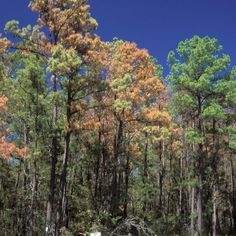
Many of us who call the Rockies home are familiar with the devastation to our forests by the mountain pine beetle (Dendroctonus ponderosae). Millions of acres of lodgepole pines (Pinus […] The post Pest Control for the Mountain West: Ips Beetles appeared first on FineGardening.
via RSSMix.com Mix ID 8135640 https://ift.tt/3tEpcPX
0 notes
Photo

Nuevo número Dugesiana 27(1). 2020. ¡Ya en línea! ¡Consúltalo! #Dugesiana #Entomología #Entomology #Arthropoda #Artrópodos #RevistaCientífica #ScientificJournal #Dendroctonus #Coeloptera #Chiapas — view on Instagram https://ift.tt/2QL7zLk
0 notes
Text
Ladin ormanları için harekete geçtiler! Karadeniz'e 40 bin faydalı böcek bırakıldı
Ladin ormanları için harekete geçtiler! Karadeniz’e 40 bin faydalı böcek bırakıldı
Orman Bölge Müdürlüğü ekipleri, Rize’nin İkizdere ilçesi Çamlık bölgesinde ladin ağaçlarına zarar veren “Dendroctonus micans” isimli dev kabuk böceği ile mücadele kapsamında ağaçlara laboratuvar ortamında yetiştirilen yırtıcı böcekleri yerleştirdi.
Yılmaz, burada gazetecilere, ladin ormanlarının Gürcistan sınırından başlayarak Ordu Melet Irmağı’na kadar devam ettiğini söyledi.
Bu bölgede dev…
View On WordPress
#ladin ormanları#ladin ormanları nerde#ladin ormanlarına zarar veren dev kabuk böceği biyolojik evreleri#ladin ormanlarında doğal gençleştirme#ladin ormanlarından bir direk dikilecek şiiri
0 notes
Text
Dendroctonus valens added to the EPPO Alert List
The red turpentine beetle, Dendroctonus valens (Coleoptera: Scolytidae), originating from North America was introduced into China (counties of Yangcheng and Xinshui - Shanxi province) in the early 1980s. In 1999, it was found in Hebei province and by 2003 this bark beetle had spread to 85 counties in 3 provinces of Northern China covering an area of more than 700 000 ha causing damage to pine trees. In China, it is estimated that D. valens has killed more than 10 million pine trees since its introduction, mainly Pinus tabulaeformis (Chinese red pine), a species which has been widely planted in monoculture during reforestation programmes. Genetic studies conducted in China in 2005 indicated that D. valens was introduced from the Pacific Northwest of the USA, probably via multiple introductions. However, other studies comparing the symbiont fungi associated with D. valens in North America and China, suggest an introduction from Eastern North America. It is suspected that the introduction of D. valens into China has been associated with imports of unprocessed logs of Pinus ponderosa for use in mine construction. Considering this ‘continental jump’ and the severity of damage reported from China, the EPPO Panel on Quarantine Pests for Forestry recommended that D. valens should be added to the EPPO Alert List
Laria azevedo's insight:
https://www.livestocktradingcompany.com/product/guineas-pigs-for-sale/
0 notes